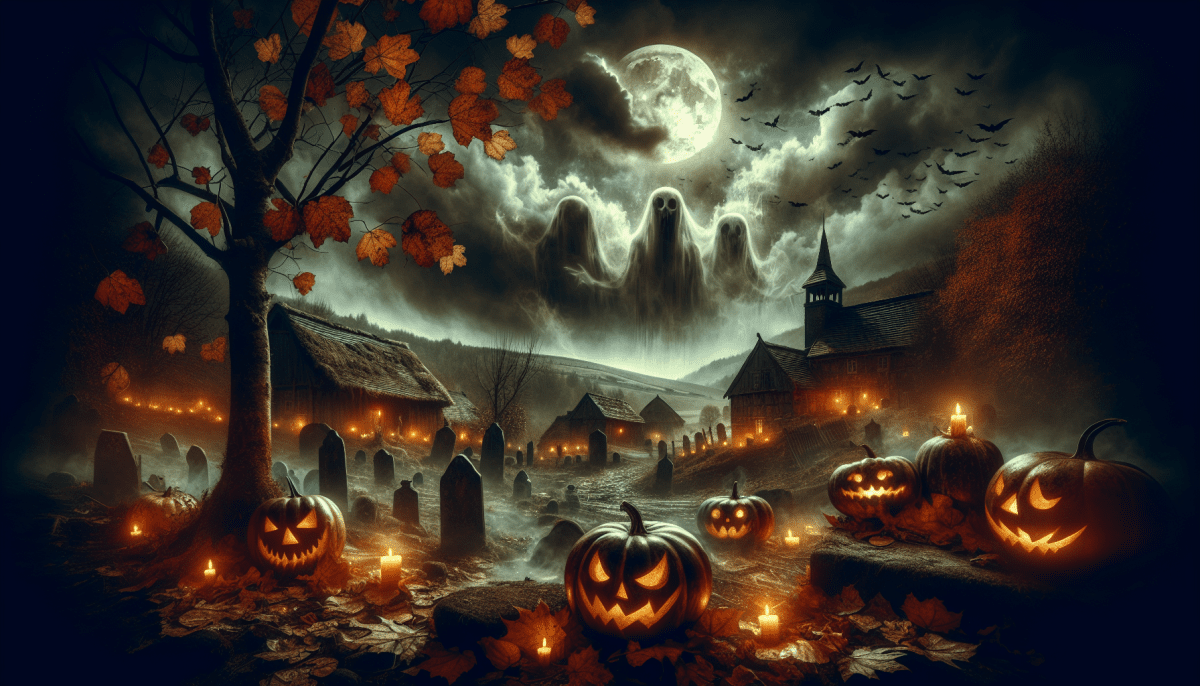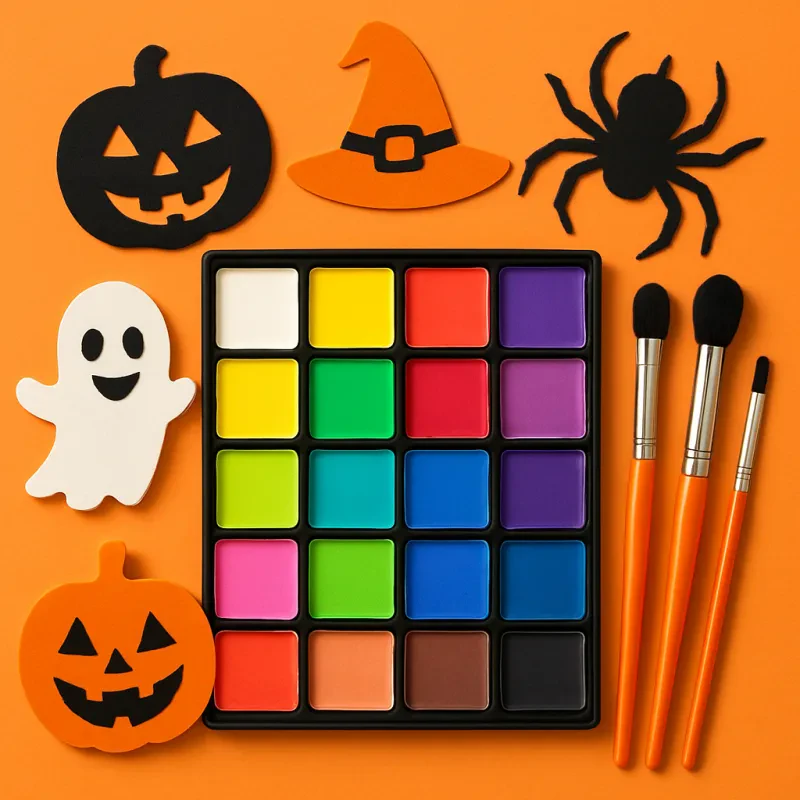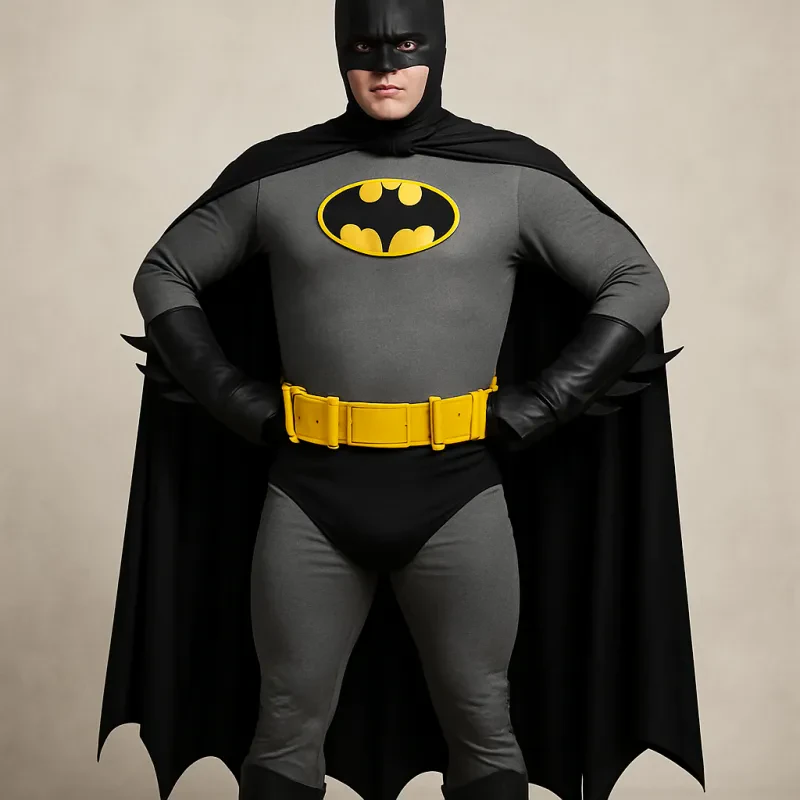Introduction
Halloween, a beloved holiday celebrated worldwide, is a time when the veil between the living and the dead is said to be at its thinnest. It is a night of spooky revelries, eerie costumes, and the playful pursuit of sweet treats.
But how did this enigmatic tradition begin, and what historical events shaped it into the holiday we know today? In this article, we will embark on a journey through time to unravel the origins and captivating history of Halloween.
Ancient Roots - Samhain and the Celts
The roots of Halloween can be traced back to the ancient Celtic festival of Samhain (pronounced sah-win). The Celts, who inhabited parts of present-day Ireland, the United Kingdom, and Northern France, celebrated Samhain on the eve of October 31st.
For them, this marked the end of the harvest season and the beginning of the darker half of the year.
The night of Samhain was believed to be a liminal time when the boundary between the physical world and the spirit realm blurred. During Samhain, people lit bonfires to ward off evil spirits and wore costumes made of animal hides to disguise themselves from malevolent entities.
The Celts also practiced divination, attempting to foresee the future and connect with departed loved ones. These ancient customs laid the foundation for Halloween's focus on the supernatural and its association with spirits.
Influence of Roman Festivals
The expansion of the Roman Empire had a profound impact on the traditions of the Celtic people, including their celebration of Samhain. In the 1st century AD, the Romans had conquered the majority of Celtic territories and introduced their own festivals into the local cultures.
One significant Roman festival that influenced Halloween was Feralia, observed in late October. Feralia was a day dedicated to honoring the spirits of the deceased and involved offerings of food and prayers to appease them. Additionally, Pomona, the Roman goddess of fruits and trees, was celebrated around the same time. Pomona's symbol, the apple, has since become a prominent feature in Halloween games and traditions.
The Christian Influence - All Saints' Day and All Souls' Day
With the spread of Christianity throughout the Celtic lands, the church sought to replace pagan festivals with Christian observances. In the 7th century, Pope Boniface IV established All Saints' Day, also known as All Hallows' Day, on November 1st. This was intended to honor all Christian saints, known and unknown.
To integrate and supersede the pagan celebration of Samhain, the church designated October 31st as All Hallows' Eve, which eventually evolved into Halloween. All Hallows' Eve was followed by All Souls' Day on November 2nd, a day dedicated to praying for the souls of the departed and helping them find peace in the afterlife.
Start of Our Modern Day Halloween
As Halloween evolved, it absorbed elements from various cultures and traditions. In medieval Europe, "souling" was a common practice where the poor would go door-to-door, offering prayers for the deceased in exchange for "soul cakes" – sweet treats meant to alleviate the suffering of souls in purgatory. This custom laid the groundwork for modern-day trick-or-treating.
The Irish and Scottish immigrants who arrived in North America during the 19th century brought with them their Halloween customs, significantly influencing the way the holiday is celebrated today. In the United States, pumpkins replaced traditional turnips and beets as the preferred material for carving Jack-o'-lanterns, a practice inspired by the Irish legend of "Stingy Jack".
Halloween in America - Commercialization and Pop Culture
By the early 20th century, Halloween had become a community-centered holiday with festive gatherings, costumes, and spooky decorations. However, it was after World War II that Halloween began to transform into the commercialized and pop culture phenomenon we know today.
The 1950s saw the rise of mass-produced costumes, candy, and decorations, as Halloween became more focused on entertainment and consumerism.
Popular culture, including movies, TV shows, and books, played a crucial role in shaping Halloween's image, with iconic characters like Dracula, Frankenstein's monster, and witches becoming staples of the holiday.
Conclusion
As we've journeyed through time, we've unraveled the captivating history and origins of Halloween, a holiday born from ancient Celtic traditions and influenced by Roman festivals and Christian observances. Over the centuries, Halloween has evolved and syncretized with various cultures, shaping the holiday we celebrate today with its hallmark elements of costumes, Jack-o'-lanterns, and trick-or-treating./p>
With each passing year, Halloween continues to captivate our imagination, offering a delightful blend of spooky superstitions and festive fun. As the veil between the living and the dead thins on this magical night, let us embrace the spirit of Halloween, honoring the past while creating new traditions for generations to come.
Happy Halloween🎃



